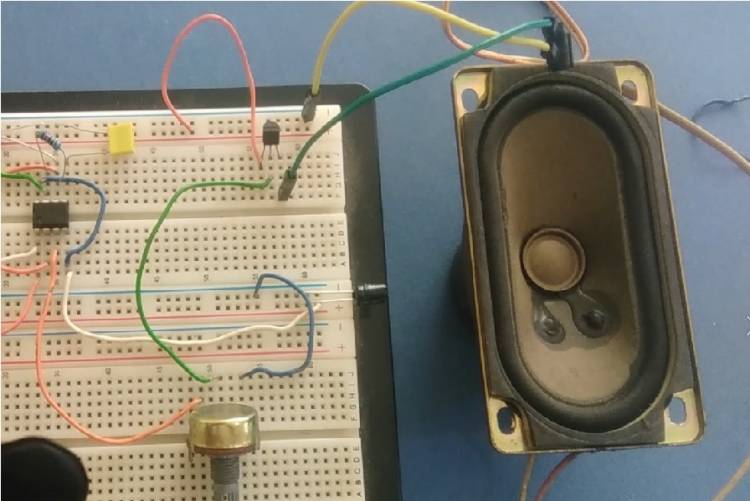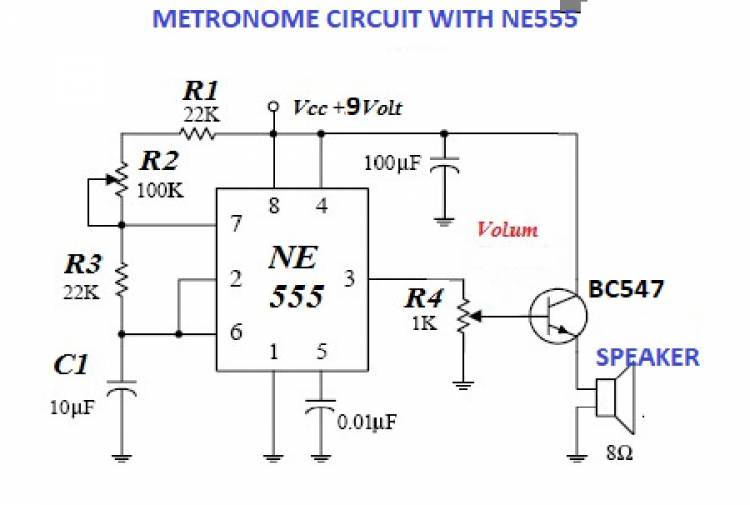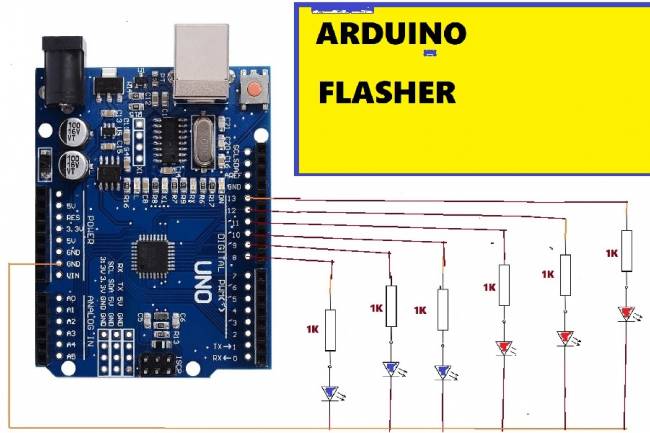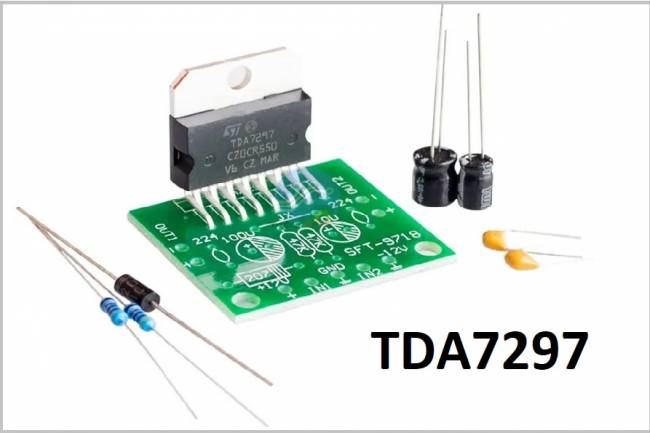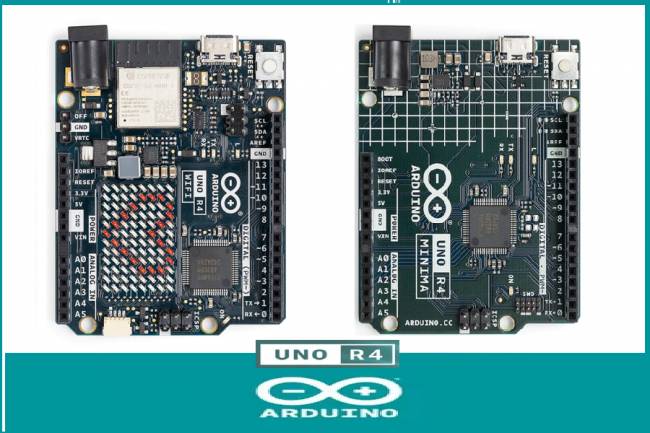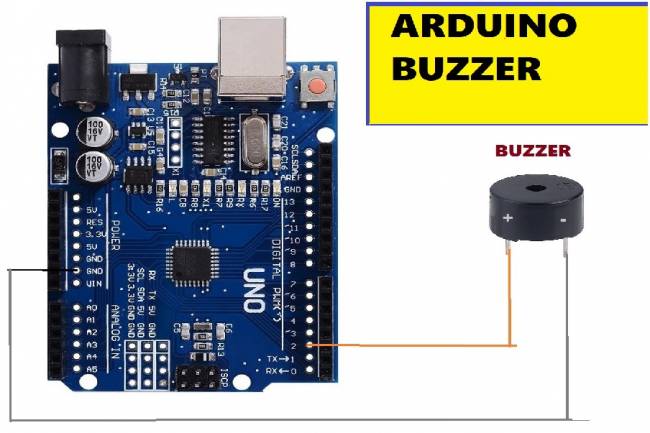How to make an electronic metronome?
The metronome is a mechanical instrument used in the music world. But it is also possible to design the metronome as an electronic circuit.
When we want to produce a changeable rhythm sound at certain time intervals, we can do this with different electronic elements. Today, in addition to those that produce rhythm sound, metronomes also have digital displays.
There is a video on the metronome application on our youtube channel. The circuit and working method built on the breadboard can be examined in this video.
When you think of producing periodic sounds in a certain rhythm, flip-flops come to mind first. We can make a metronome with the help of a flip flop circuit with two transistors and a loudspeaker at the collector end.
There is another way to make a metronome. The NE555 square wave signal generator, which has many uses, can also be used. With a small number of electronic elements, a very smooth square wave signal can be generated in the 1Hz-1MHz range.
The NE555 can be operated in several modes. The tuned resistor R1, R2 and capacitor C1 determine the frequency of the output signal.
The circuit diagram shown in the picture belongs to a metronome. The rhythm range can be adjusted with the adjustable resistor R1. With the help of R4 adjustable resistor and transistor(BC547), the output signal is strengthened and made easy to hear.
